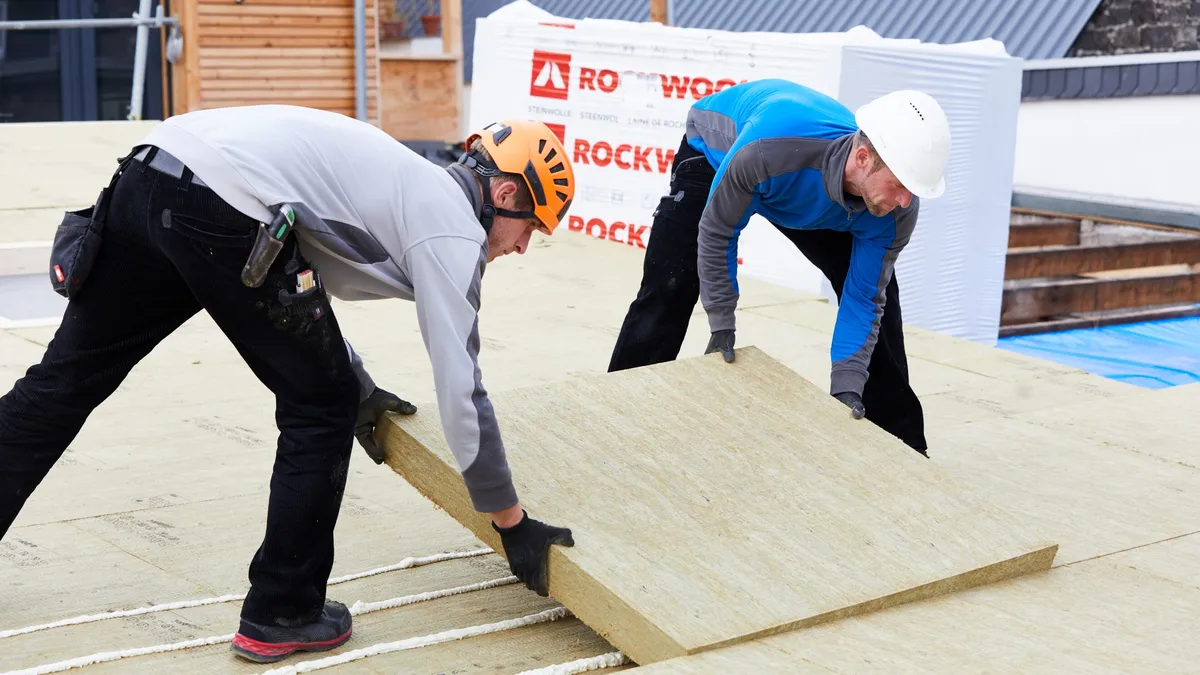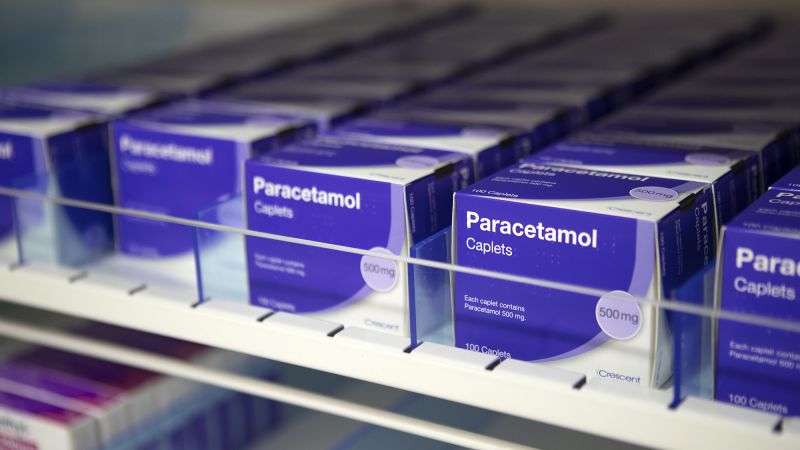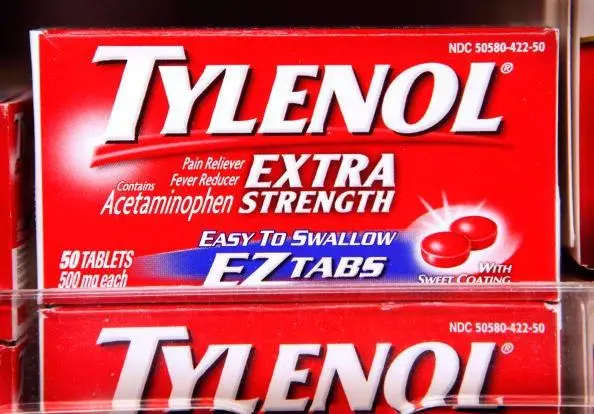By Mirella Vitale
Copyright politico

There is an urgent need for policymakers and industry leaders to take decisive action.
Fire safety should be non-negotiable
With the EU about to transform its built environment to provide a sustainable future, we have to get it right.
A well-insulated, energy-efficient building can reduce heating needs by up to 70 percent. It can also improve occupant comfort, reduce noise and improve a building’s aesthetic if a new façade is installed. As the Netflix documentary demonstrates, these benefits mean little if achieved at the expense of safety.
The good news lies in what we already know — and it’s not complicated. Non-combustible insulation and cladding reduce the fire risk, while combustible counterparts don’t. Why? Because non-combustible materials like stone wool insulation don’t burn. And because it can withstand temperatures up to 1,000 C, stone wool insulation can help stop a fire from spreading. Another important factor is that non-combustible stone wool does not produce significant amounts of toxic smoke or gases when exposed to fire.
The good news lies in what we already know — and it’s not complicated. Non-combustible insulation and cladding reduce the fire risk, while combustible counterparts don’t.
One shouldn’t underestimate the risk of toxic smoke and gases in a fire. Grenfell Tower was wrapped in combustible plastic foam insulation and plastic-filled cladding panels. According to the Grenfell Tower Inquiry report, all 72 people who died in the fire were overcome by toxic gases. The same toxic smoke and gases are responsible for many of the firefighters who attended at Grenfell developing serious long-term health disorders.



